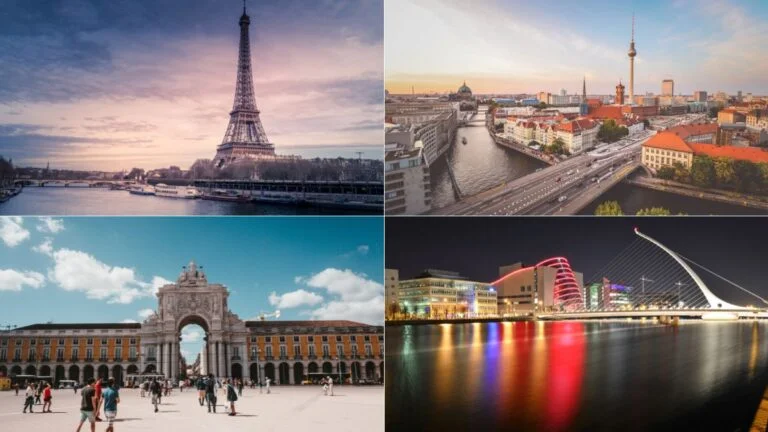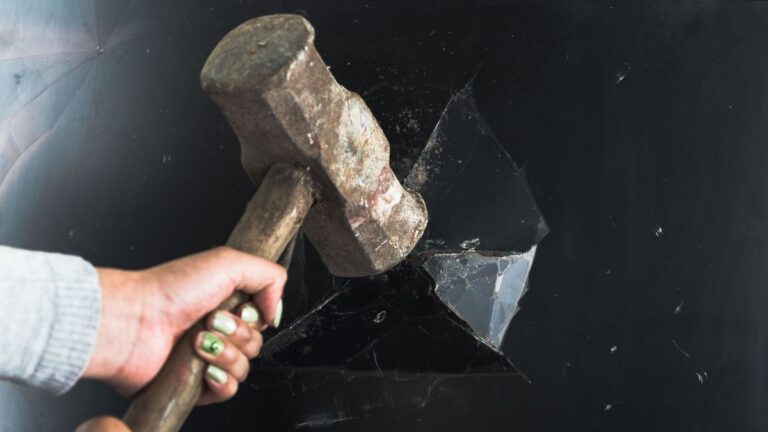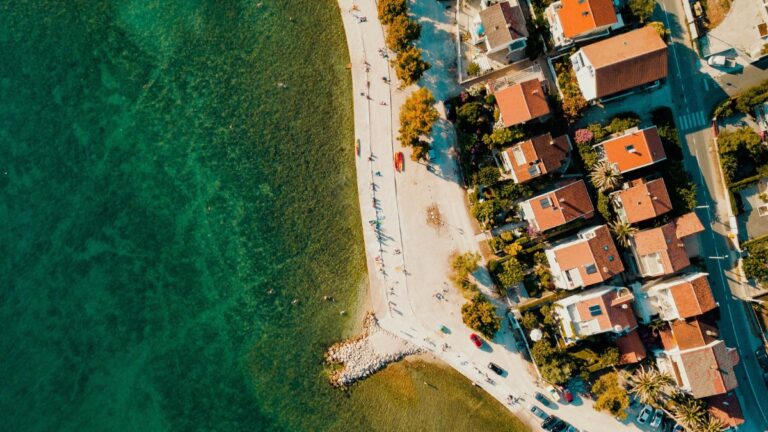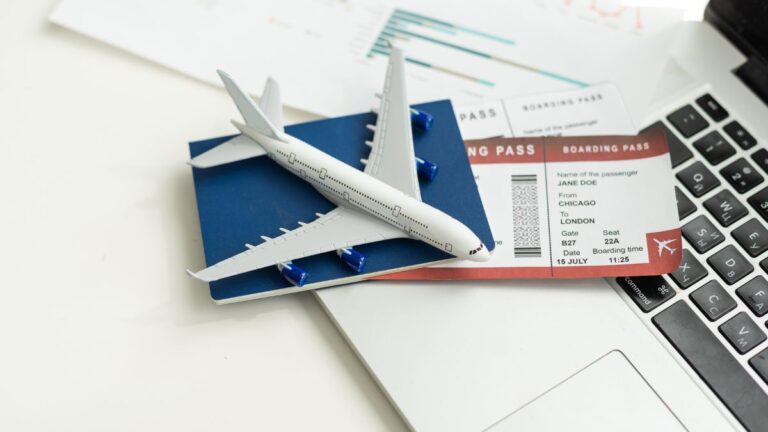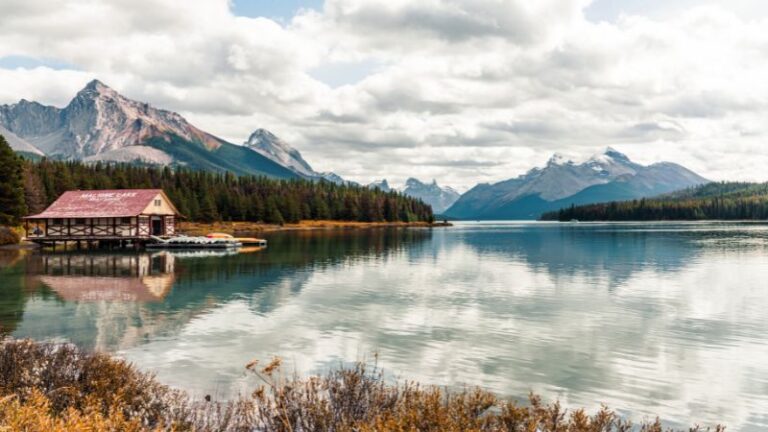Worst Time To Visit Jamaica: Avoid These Months Due to Heat, Humidity, and Hurricanes
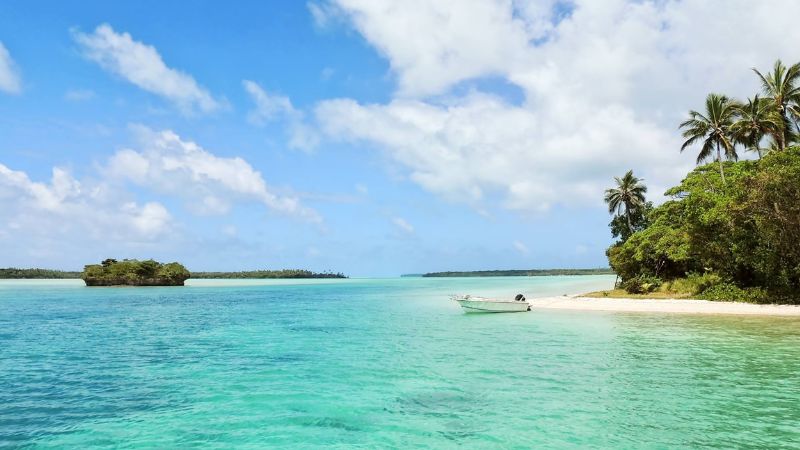
As participants in Amazon Associates and other programs, we earn from qualifying purchases. This comes at no additional cost to you. For more details, see our Affiliate Disclosure.
Jamaica is a tropical island widely recognized for its stunning beaches, warm weather, and laid-back lifestyle. Jamaica attracts millions of tourists annually with its vibrant culture, delicious cuisine, and breathtaking scenery. However, not all months are created equal when visiting Jamaica. While the island may seem like a year-round destination, certain times of the year are better avoided due to unfavorable weather conditions.
The months with the worst weather in Jamaica are typically characterized by extreme heat, high humidity, and the threat of hurricanes. Travelers who are not well-prepared for these conditions may find their trip to be less enjoyable than anticipated. In this article, we will explore the specific months that are best avoided if you plan a trip to Jamaica and what you can expect if you travel during these months.
Jamaica’s Weather Overview: The Climate and Seasons
Jamaica is a tropical island that enjoys a warm and sunny climate most of the year. The island experiences two main seasons: a dry season and a wet season. The dry season typically runs from December to April, while the wet season occurs from May to November. During the dry season, temperatures in Jamaica average around 27°C (81°F), with little rainfall and low humidity. This is considered the peak tourist season and the best time to visit Jamaica for those who want to soak up the sun and enjoy outdoor activities.
The wet season in Jamaica is characterized by increased rainfall, high humidity, and the threat of hurricanes. Temperatures during this time remain relatively constant, with averages hovering around 30°C (86°F). While the wet season can bring lush vegetation and fewer crowds, it can also bring heavy rainfall and potential flooding. It is important to note that the hurricane season in Jamaica runs from June to November, with the highest risk of storms occurring between August and October. Travelers should consider this when planning their trip to Jamaica and be prepared for the possibility of weather disruptions.
Here is a table that summarizes the climate conditions in Jamaica by month, including average temperatures and precipitation:
| Month | Temperature (°C) | Temperature (°F) | Precipitation (mm) | Precipitation (in) | Notes |
|---|---|---|---|---|---|
| January | 25 | 77 | 61 | 2.4 | Peak tourist season |
| February | 25 | 77 | 39 | 1.5 | Peak tourist season |
| March | 26 | 79 | 35 | 1.4 | Peak tourist season |
| April | 27 | 81 | 78 | 3.1 | Peak tourist season |
| May | 28 | 82 | 110 | 4.3 | Beginning of the wet season |
| June | 29 | 84 | 145 | 5.7 | High humidity and increased rainfall |
| July | 30 | 86 | 94 | 3.7 | Hurricane season begins |
| August | 30 | 86 | 118 | 4.6 | High risk of hurricanes |
| September | 29 | 84 | 175 | 6.9 | High risk of hurricanes |
| October | 28 | 82 | 172 | 6.8 | High risk of hurricanes |
| November | 27 | 81 | 123 | 4.8 | End of the wet season |
| December | 26 | 79 | 74 | 2.9 | Peak tourist season |
It is important to note that these figures are averages, and actual weather conditions may vary. The wet season can be unpredictable, with rainfall and humidity varying yearly. Travelers should always check the weather forecast before traveling to Jamaica and be prepared for the possibility of weather disruptions during the wet season and hurricane season.
The Impact of Heat and Humidity on Your Vacation
Heat and humidity can significantly impact the quality of your vacation in Jamaica. While the warm climate may be one of the reasons you chose to visit the island, it can also lead to discomfort and even health risks if you are not well-prepared.
Jamaica’s high temperatures and humidity can lead to dehydration, heat exhaustion, and heat stroke, especially for travelers who are not used to such conditions. It is important to drink plenty of water and other fluids wear light and loose-fitting clothing and seeks out shade or air conditioning when possible.
In addition, high humidity can make breathing difficult and exacerbate respiratory conditions such as asthma. If you have respiratory issues, it is important to consult your doctor before traveling to Jamaica and take necessary precautions while on the island.
The impact of heat and humidity can also affect your enjoyment of outdoor activities. The heat and humidity can make spending extended periods outside uncomfortable and lead to fatigue and decreased energy levels.
Taking regular breaks and avoiding the hottest parts of the day are important if you plan to participate in outdoor activities such as hiking, biking, or water sports. By taking the necessary precautions, you can still enjoy all Jamaica offers while staying safe and comfortable.
Jamaica’s Hurricane Season: What to Expect and How to Prepare
Jamaica’s hurricane season runs from June to November, with the highest risk of storms occurring between August and October. During this time, travelers should be aware of the potential for severe weather conditions, including heavy rainfall, high winds, and storm surges.
Suppose you are traveling to Jamaica during hurricane season. In that case, staying informed about weather conditions is important by checking local news sources and monitoring updates from the National Hurricane Center. If a hurricane is approaching, it is important to follow local authorities’ guidance and evacuate if necessary.
To prepare for a hurricane, it is important to have a plan and stock up on necessary supplies. This may include bottled water, non-perishable food items, batteries, flashlights, a first aid kit, and any necessary medications. You should also secure loose objects around your accommodations, such as outdoor furniture, and ensure that all doors and windows are properly sealed.
Travelers concerned about the potential for hurricanes during their trip to Jamaica may want to consider purchasing travel insurance that includes coverage for weather-related disruptions. In addition, it may be a good idea to book accommodations with hurricane shutters or other protective measures.
While the threat of hurricanes during the summer and fall months is a potential risk for travelers to Jamaica, with the right preparations and precautions, you can still enjoy your vacation on the island during this time of year.
Months to Avoid: Identifying the Worst Time to Visit Jamaica
While Jamaica is popular year-round, certain months are best avoided due to unfavorable weather conditions. These months are typically characterized by extreme heat, high humidity, and the threat of hurricanes, making them less than ideal for many travelers. This section will identify the months to avoid when planning a trip to Jamaica.
These months fall within the hurricane season and are associated with increased rainfall and a higher risk of severe weather conditions. Here is a closer look at what to expect during each of these months:
- September: This is typically the peak of the hurricane season in Jamaica, with a higher risk of storms and heavy rainfall. Travelers should be prepared for the possibility of weather-related disruptions.
- October: While the risk of hurricanes decreases in October, the month is still associated with high humidity and rainfall, making outdoor activities uncomfortable.
- November: At the end of the hurricane season in Jamaica, November is still associated with higher-than-average rainfall and humidity. However, as the month progresses, the weather conditions generally improve.
While these months may not be ideal for all travelers, it is important to note that Jamaica’s climate can be unpredictable, and weather conditions can vary from year to year. Travelers should always check the weather forecast and stay informed about potential weather disruptions.
Alternatives for Traveling During the Worst Months
If you cannot travel to Jamaica during the peak tourist season and want to avoid the worst weather conditions, there are alternative options for visiting the island. While the best time to visit Jamaica is generally considered December through April, other months may offer more favorable conditions. In this section, we will explore some alternatives for traveling to Jamaica during the worst months.
Here are some alternative options for traveling to Jamaica:
- May and June: While these months fall within the wet season, they are typically associated with lower rainfall than later. This time of year can also bring lush vegetation and fewer crowds, making it a good option for those who want to experience the island in a more relaxed setting.
- December: While the month is associated with higher tourist traffic, it is also a time when the weather conditions are generally mild and comfortable. The holiday season can be a festive time to visit Jamaica, with many events and celebrations.
- January and February: These months are considered the peak of the tourist season, with lower humidity and a lower risk of severe weather conditions. Travelers can expect mild temperatures, plenty of sunshine, and plenty of activities and attractions to explore.
It is important to note that while these months may offer more favorable conditions, Jamaica’s weather can be unpredictable, and travelers should always be prepared for weather disruptions. It is also important to research specific events and festivals during the months you plan to visit, as these can impact travel plans and the availability of accommodations.
Tips for Traveling to Jamaica in the High Season
The high season in Jamaica, from December to April, is considered the best time to visit the island due to the mild and comfortable weather conditions. However, with peak tourist traffic and higher prices, planning to make the most of your trip is important. This section will explore some tips for traveling to Jamaica during the high season.
Here are some tips for traveling to Jamaica during the high season:
- Book accommodations and activities in advance: With peak tourist traffic, accommodations and popular activities can fill up quickly. It is recommended to book these well in advance to ensure availability and to avoid disappointment.
- Pack for mild temperatures: While the high season in Jamaica is generally associated with mild and comfortable weather conditions, temperature fluctuations occur. Packaging clothing for warm and cooler temperatures and bringing a light jacket or sweater for cooler evenings is important.
- Be prepared for crowds: With higher tourist traffic, popular attractions and beaches can be crowded during the high season. To avoid crowds, consider visiting less well-known areas or participating in less popular activities.
- Consider visiting during the shoulder season: December and April are considered the peak of the high season, while March and November are considered the shoulder season. Visiting during these months can still offer favorable weather conditions while avoiding some crowds and higher peak season prices.
- Be aware of holidays and events: The high season in Jamaica includes several holidays and events, such as Christmas, New Year’s, and Carnival. These can impact travel plans and the availability of accommodations, so it is important to research and plan accordingly.
By following these tips, you can make the most of your trip to Jamaica during the high season and enjoy all the island offers.
Choosing the Right Time to Visit Jamaica: Factors to Consider
Choosing the right time to visit Jamaica can be difficult, with many factors to consider, including weather, crowds, and prices. This section will explore some key factors to consider when planning a trip to Jamaica.
Here are some factors to consider when choosing the right time to visit Jamaica:
Weather: The weather is one of the most important factors to consider when planning a trip to Jamaica. The dry season, which runs from December to April, is generally considered the best time to visit, with mild temperatures and lower humidity. However, the wet season can also offer lush vegetation and fewer crowds, but it is important to be prepared for higher humidity and the possibility of storms.
Crowds: Jamaica’s peak tourist season runs from December to April, with higher prices and crowds. Visiting during the shoulder or low season may be a better option for a more relaxed setting.
Prices: Prices in Jamaica can vary depending on the time of year, with higher prices during the peak tourist season. Visiting during the low season may be better if you want a more budget-friendly option.
Events and festivals: Jamaica has many cultural events and festivals, such as Carnival, Reggae Sumfest, and Jamaica Food and Drink Festival. If you are interested in attending any of these events, it is important to plan your trip accordingly.
Personal preferences: Ultimately, the best time to visit Jamaica depends on your preferences and what you want from your trip. Whether you are looking for a relaxing beach vacation or an adventure-packed trip, a time of year will suit your needs.
By considering these factors, you can decide the best time to visit Jamaica for your specific needs and preferences.
Enjoying Jamaica’s Top Attractions While Avoiding the Worst Months
Jamaica is a beautiful island that offers a variety of attractions for travelers of all types. From stunning beaches and vibrant culture to adventure activities and historical sites, there is something for everyone in Jamaica. While some months may be less favorable for travel due to weather conditions, there are ways to enjoy Jamaica’s top attractions while avoiding the worst months.
One way to enjoy Jamaica’s top attractions while avoiding the worst months is to plan your trip during the shoulder season. March and November offer favorable weather conditions and fewer crowds, making exploring the island’s top attractions a good time. During this time, you can enjoy popular activities such as hiking, swimming, and visiting cultural sites without dealing with the high humidity and risk of storms that come with the wet and hurricane seasons.
Another option is to plan your trip around specific events and festivals, such as Reggae Sumfest or the Jamaica Food and Drink Festival. These events occur throughout the year and offer a unique opportunity to experience the island’s culture and traditions. By planning your trip around these events, you can enjoy Jamaica’s top attractions while also getting a taste of the local culture and traditions.

